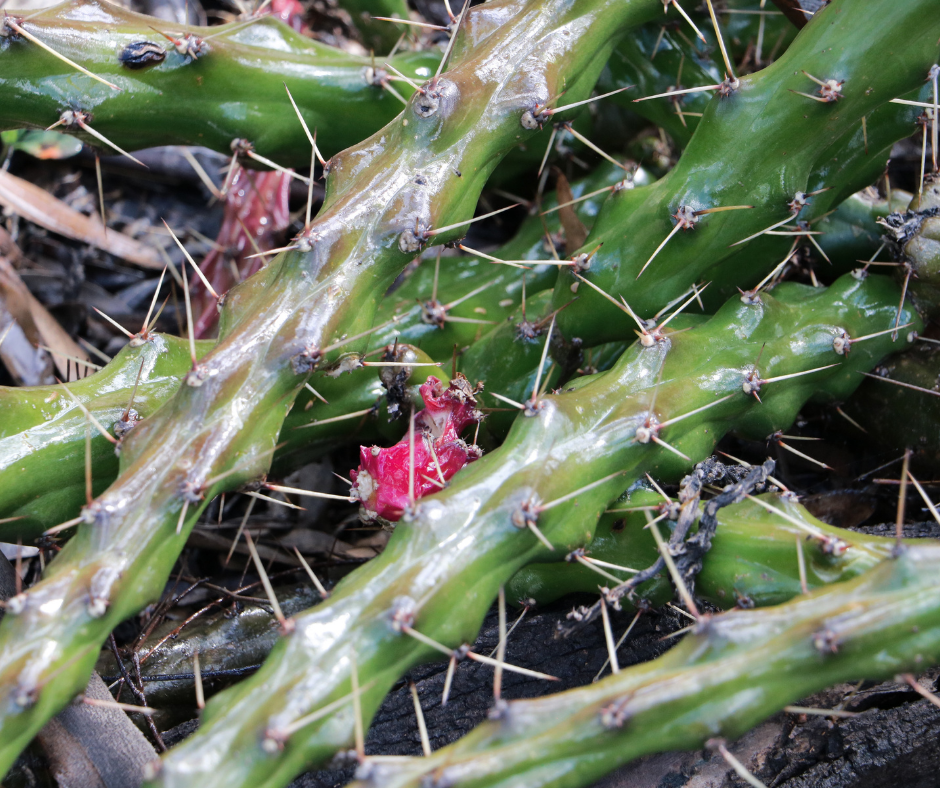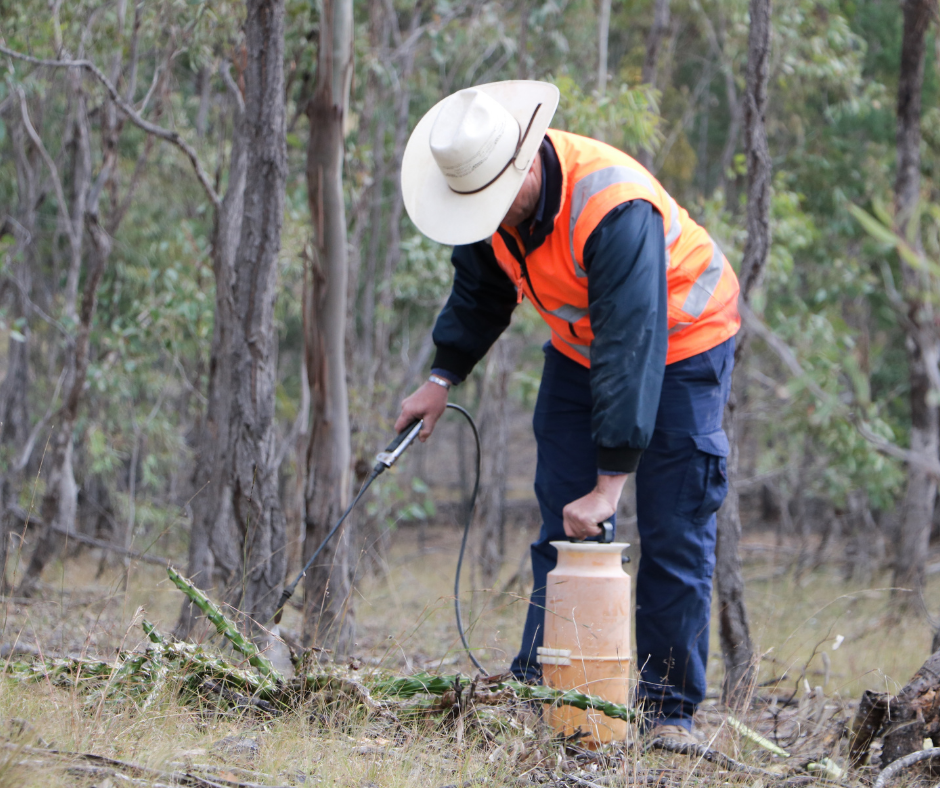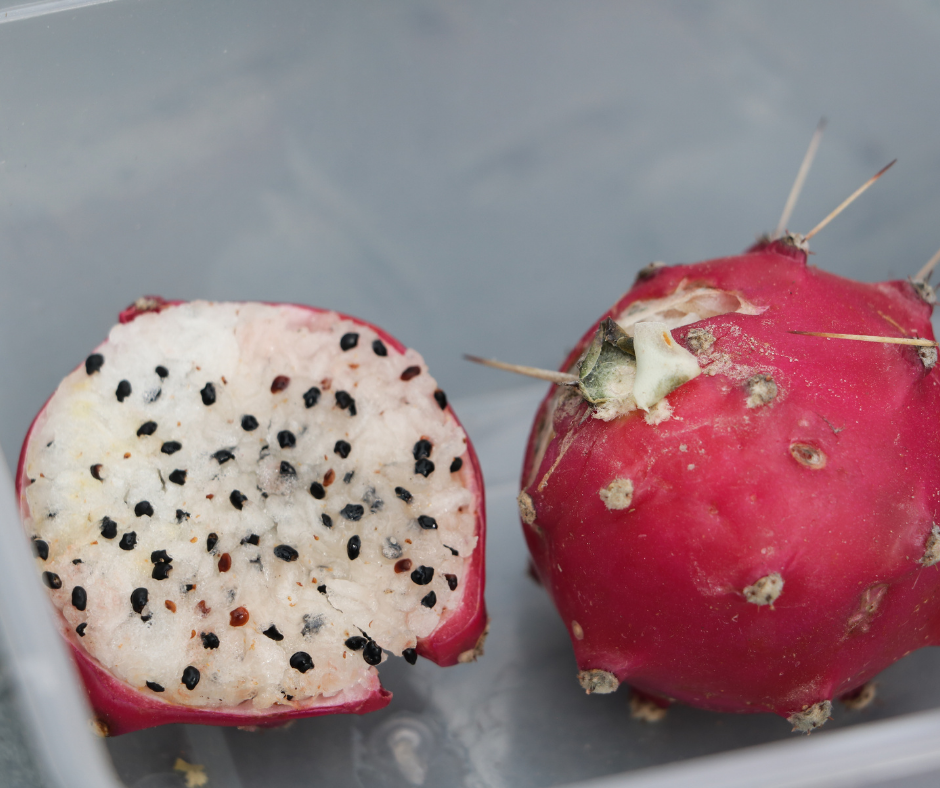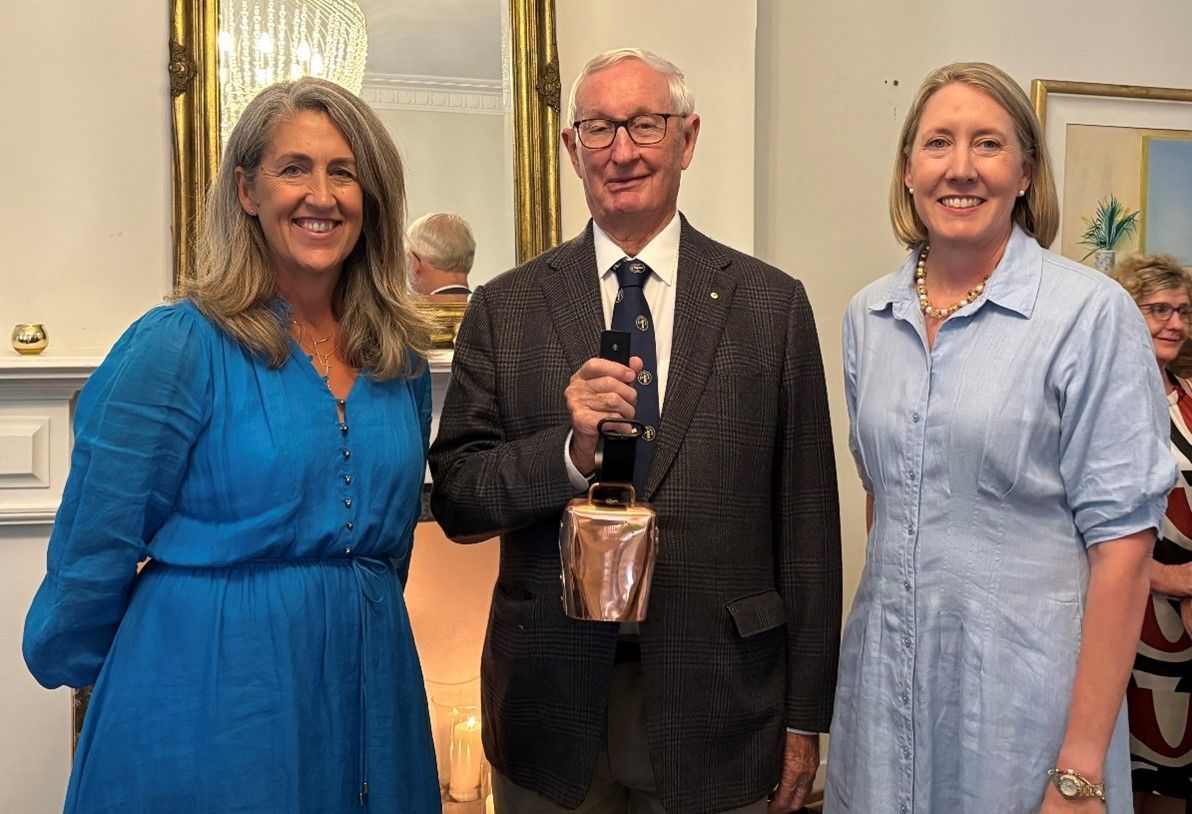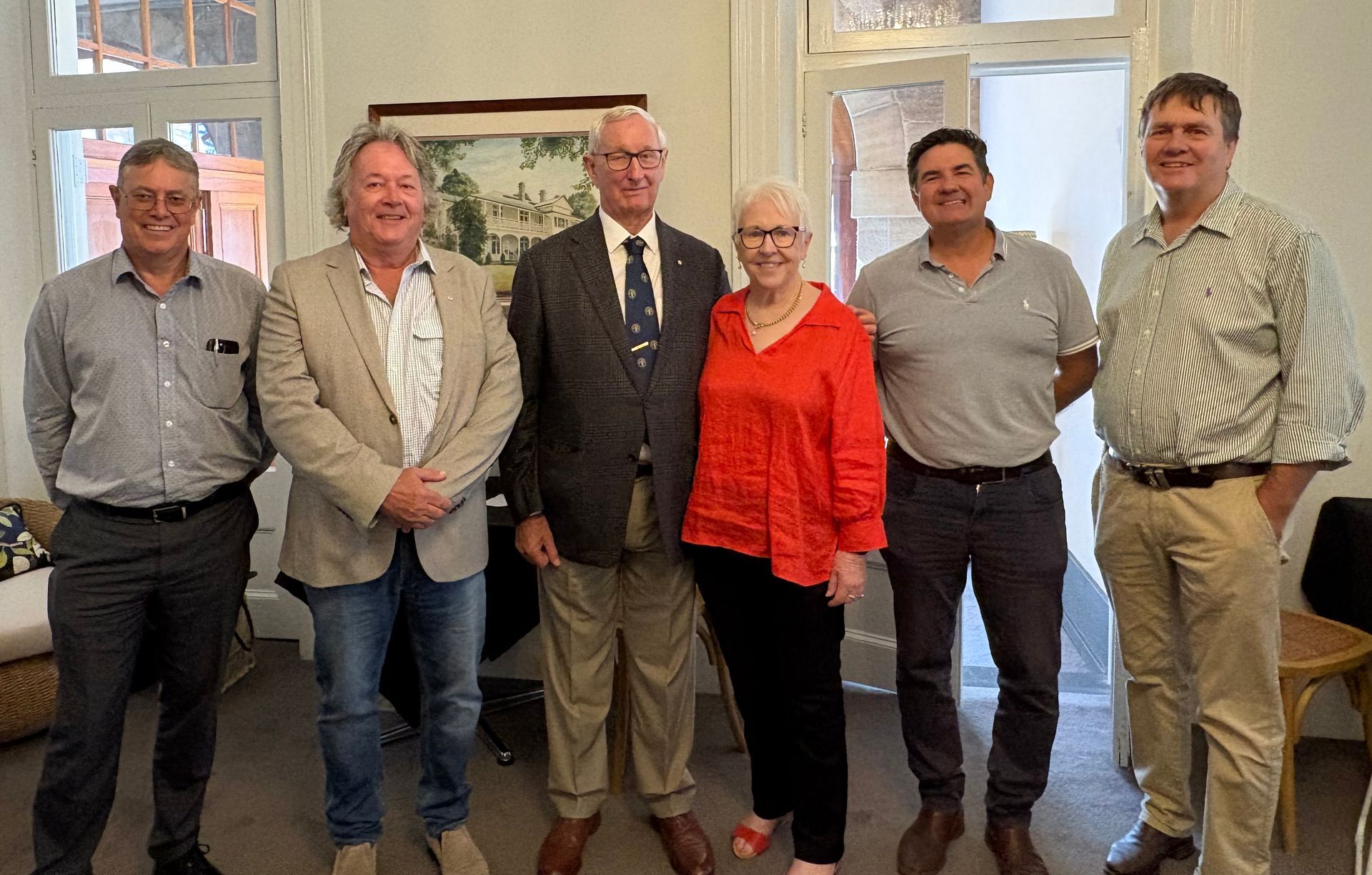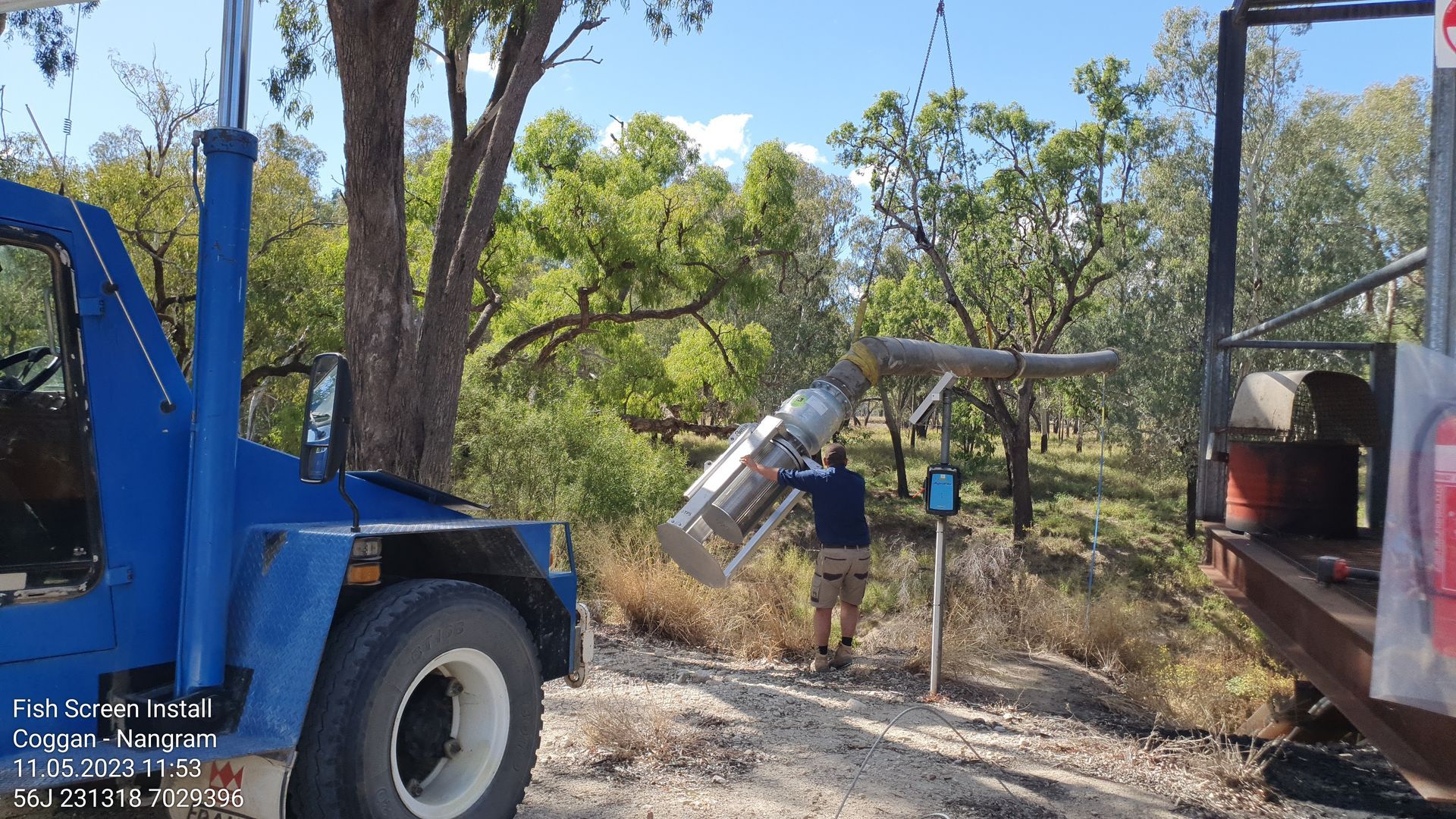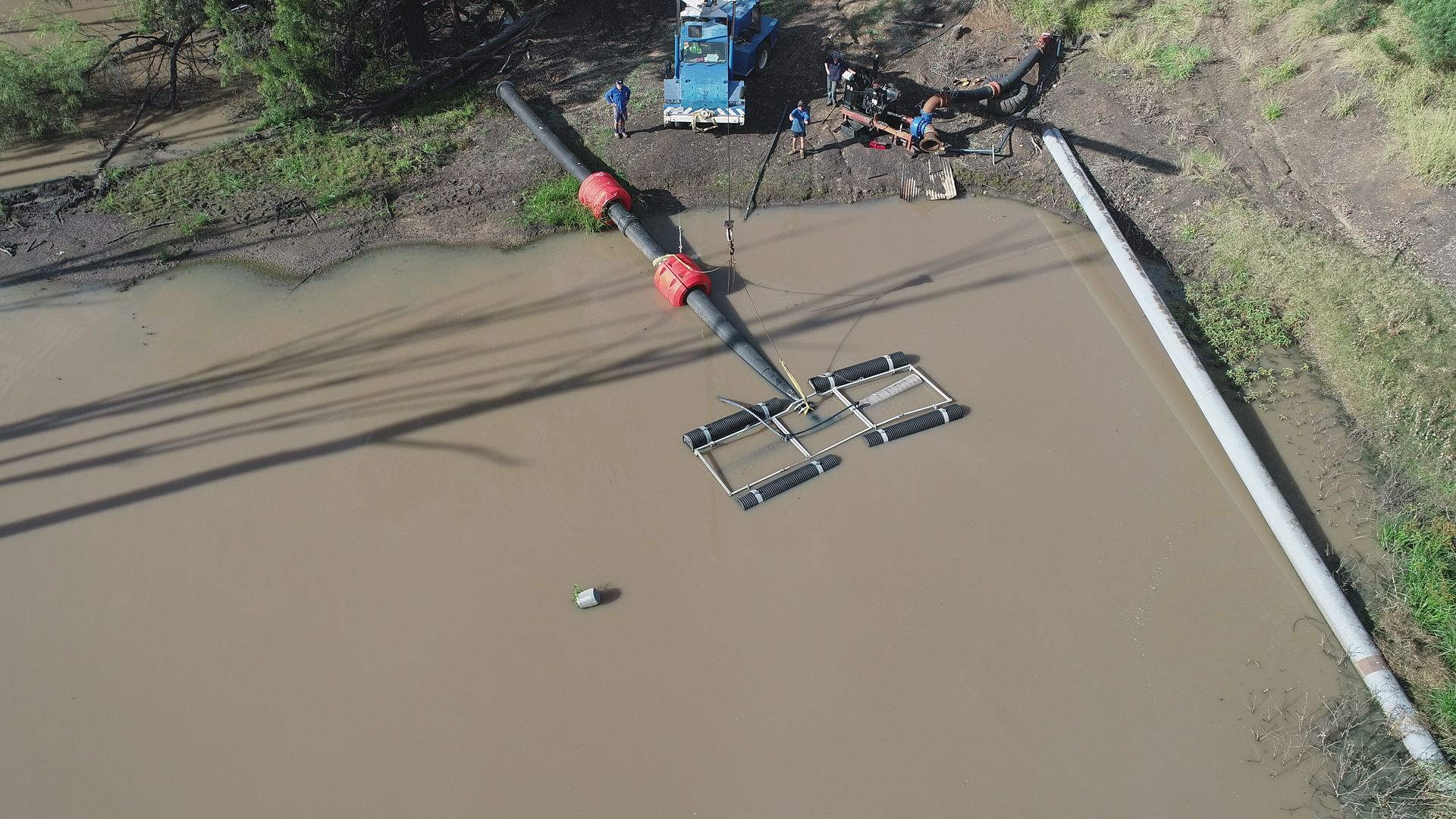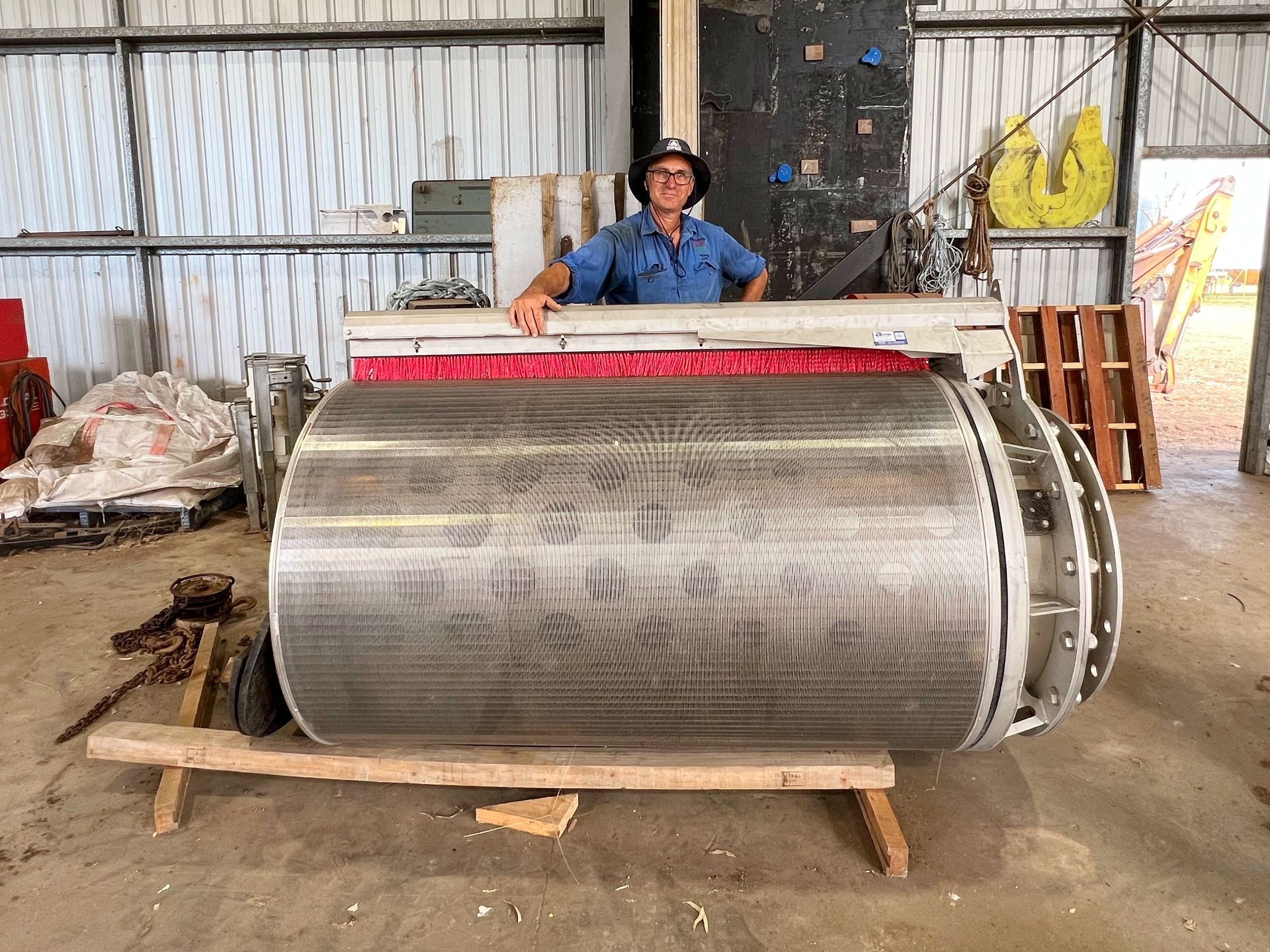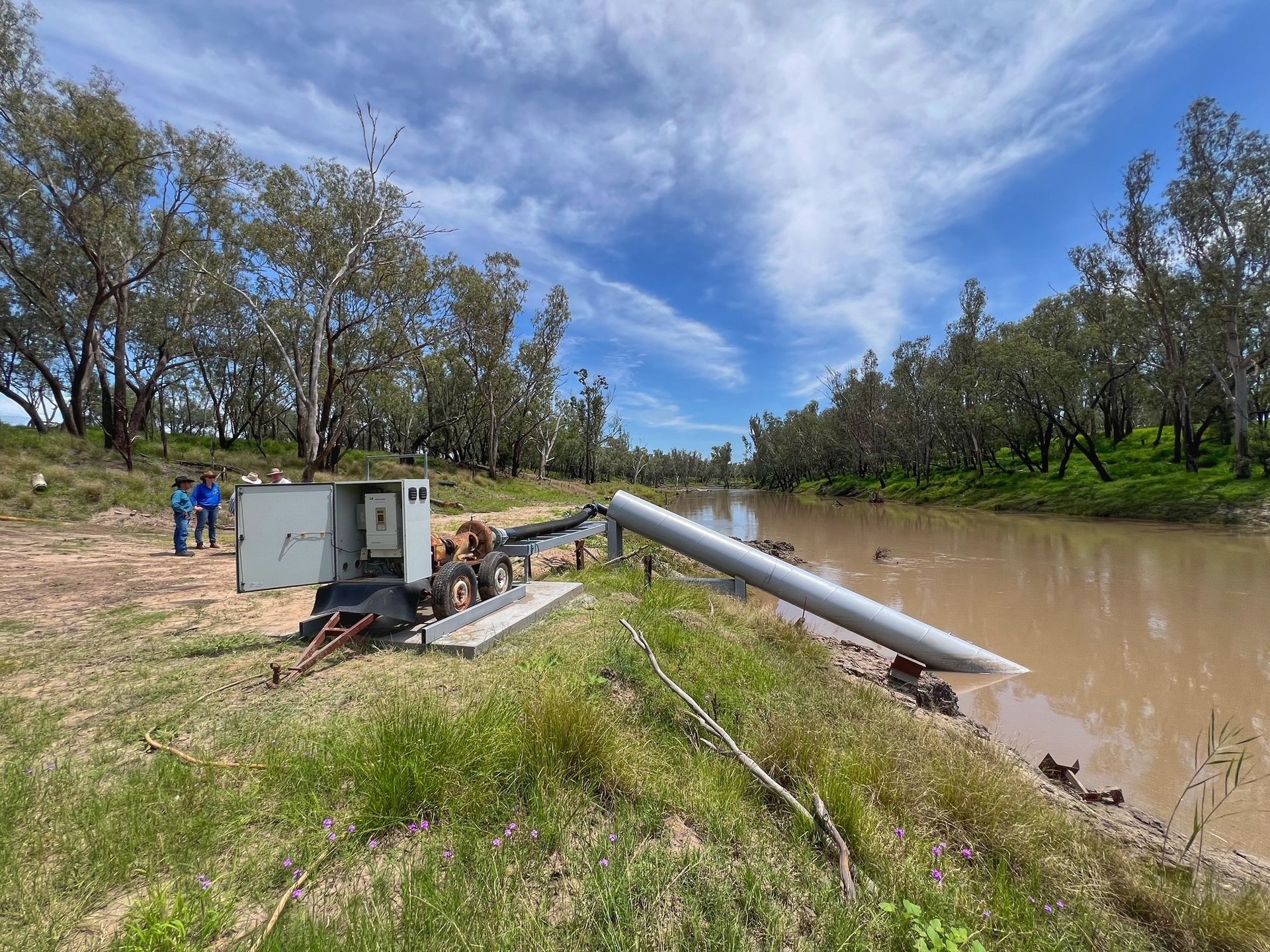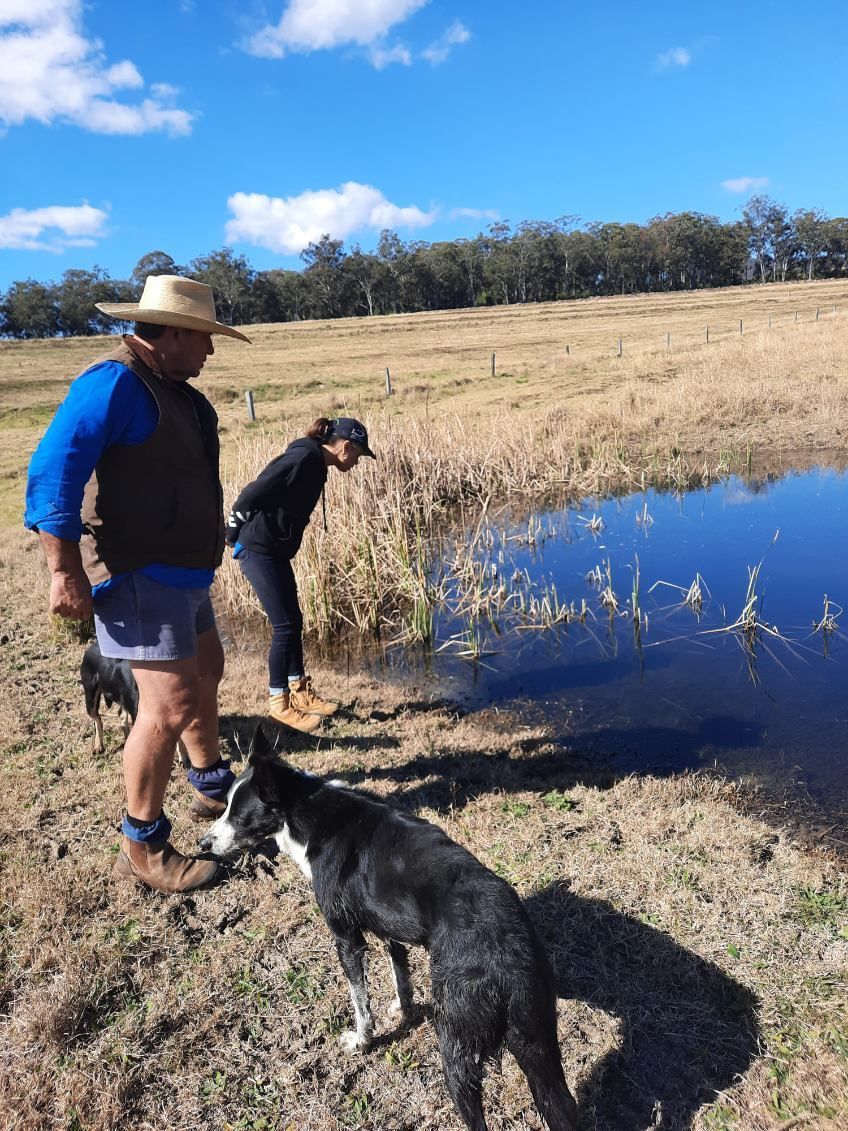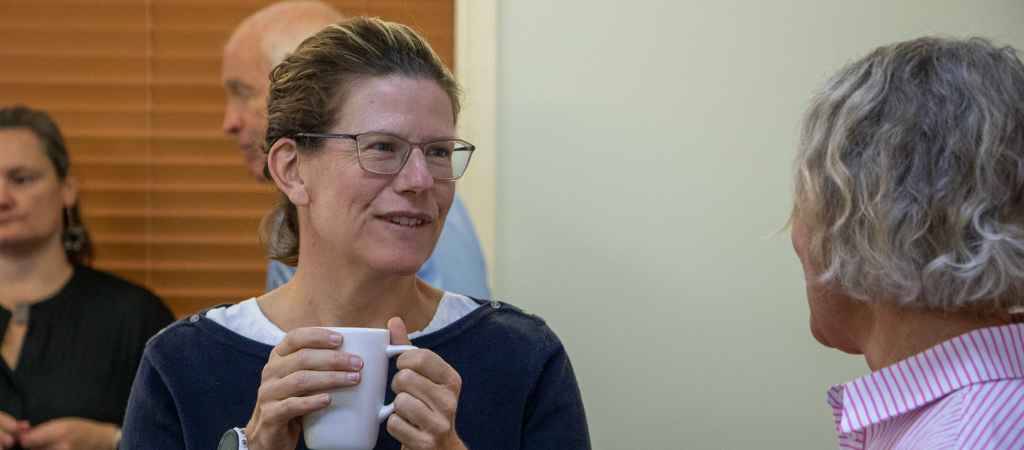Landholders and experts in pest management have gathered in Leyburn to workshop the regions strategy for controlling and ultimately eradicating Harrisia cactus.
Southern Queensland Landscapes Graduate Project Officer, Isabella Murphy said the workshop was focused on helping landholders understand how to identify Harrisia cactus and effectively control the pest.
“John Conroy and Tamara Taylor from Biosecurity Queensland (BQ), were guest speakers at the event; along with Mat Warren from Southern Downs Regional Council (SDRC),” Isabella Murphy said.
“Harrisia cactus is a restricted, invasive plant that was introduced to Australia as a pot plant; and is detrimental to the condition of native vegetation and grazing practices with the plants vicious spines causing physical damage to livestock,” Ms Murphy said.
“Participants at the workshop learnt the identifying features of the different species of Harrisia cactus and the best practice control methods currently on offer,” she said.
There are a number of options to landholders looking to control and eradicate Harrisia cactus including chemicals like Access® Herbicide and diesel fuel, biocontrols and manual controls.
“The variety of recommended options for control of Harrisia cactus are outlined in the ‘Weeds of Southern Queensland’ 4th Edition’; an extremely valuable resource that SQ Landscapes can provide to landholders who are interested in knowing more,” Isabella Murphy said.
“Workshop participants learnt the importance of following label instructions for the chemical control of Harrisia cactus,” Ms Murphy said.
“It can be tempting to increase the ratio of chemical in the mix hoping for a more substantial kill rate; but this often only results in an artificial burn of the plant where the chemical has made contact,” she said.
“By sticking to the recommended mix and completely dousing the cactus you will give the plant time to draw the chemical all the way to the root extremities before it dies, ensuring a full death not just a ‘burn’ or the appearance of death.”
Meanwhile BQ explained what biocontrols were available and when to use this method.
“Tamara Taylor told us BQ have been researching the effectiveness of mealy bug and the potential use of stem boring beetle in the control of Harrisia cactus, but it was really emphasized that the best time to use this type of method is when there is a dense infestation where chemical or manual control just aren’t an option,” Isabella Murphy said.
“Biocontrols are a more long-term control method where infestations are established, and preference should be given to chemical or manual controls when new outbreaks are identified or where landholders need to get control quickly,” Ms Murphy said.
“And don’t forget the importance of washing machinery and mechanical cross- contamination between paddocks or properties; if you’ve been somewhere where you may have picked up Harrisia cactus seeds or fragments on your vehicle make sure you decontaminate by thoroughly washing before you move onto clean landscapes,” she said.
If you think you may have Harrisia cactus on your property please contact Graduate Project Officer Isabella Murphy by phoning 0417 746 532 or via email at Isabella.murphy@sqlandscapes.org.au
“Landholders will not get in trouble for having Harrisia cactus on their property. Contacting Southern Queensland Landscapes with this information allows us to assist SDRC in monitoring the infestation, and ensure concerned landholders get the right information about options for control and eradication to effectively manage outbreaks,” Ms Murphy said.
This project is funded by Queensland Government’s Natural Resources Investment Program.
